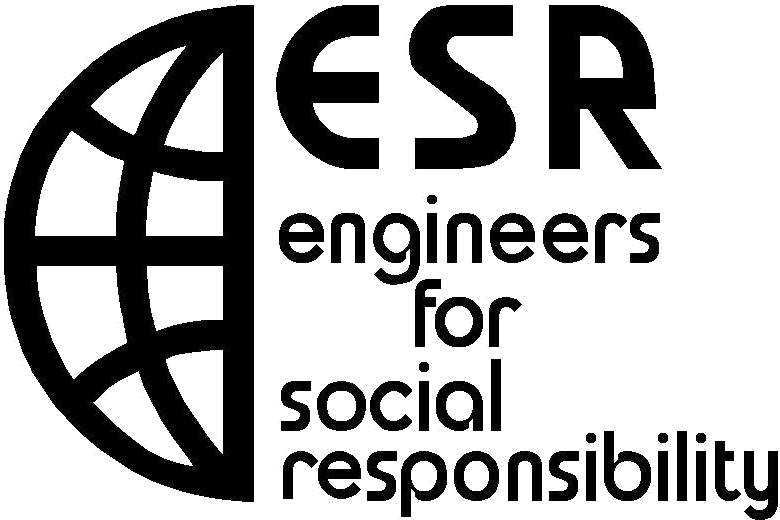Effect of AM Network closure on disaster communications

Dear Minister Mitchell,
Engineers for Social Responsibility Inc. (ESR) is an incorporated society of professional engineers who consider that their professional responsibility includes a duty to society and the environment. Further details about ESR can be found on our website www.esr.org.nz.
We are writing to you to draw your attention to the closure of the AM broadcast radio network, initiated by its owner RNZ.
The station at Saxton Field, Nelson, on 1116 kHz was closed on 31 March 2025, and we understand that more closures are planned. We believe that this will compromise the national ability to communicate with isolated communities in the event of a civil disaster such as an earthquake or major weather event.
The National Emergency Management Agency (NEMA) claiming in its Briefing to the Incoming Minister in 2023 that “… in 2022 we worked with the Ministry of Culture and Heritage to prevent the decommissioning of three AM radio masts in Northland – this meant that Far North residents still had access to safety information during Cyclone Gabrielle.” This explicit acknowledgement of the emergency value of AM Radio is in conflict with the policy to close AM Radio frequencies. Furthermore, we are told that Local Government emergency plans continue to insert specific local AM frequencies in local community emergency plans as recently as last week. Have Local Governments been consulted over the removal of the AM frequencies?
Two years ago, during Cyclone Gabrielle, large areas of the East Coast were left without power and communications. Bridges were swept away, and in many cases optical fibres were damaged as a result. Cell sites ran out of battery power. VHF FM transmitters typically have a relatively short, line-of-sight range, and this is compounded by New Zealand's mountainous terrain. What this meant is that for many isolated communities, AM radio transmissions were the only means of getting information.
AM transmissions on medium wave have a unique ability to reach remote places, especially at night, because the signal is refracted back from the ionosphere. Most households have a simple AM/FM battery radio, and vehicle radios also have AM capability. An alternative to AM could be satellite phone, but currently the use of this technology is not widespread.
RNZ will be seeking to rid itself of the cost of maintaining the AM network, and may have forgotten its role as provider of official communications. We acknowledge this cost, but argue that this should be set against the potential for saving lives in an emergency. Until an alternative technology is available and widespread, we suggest that the AM network should be retained in its entirety. We would be happy to engage with you further on this matter.
Yours sincerely,
Professor Thomas Neitzert President,
Engineers for Social Responsibility Inc.
